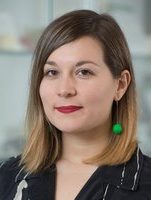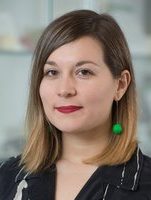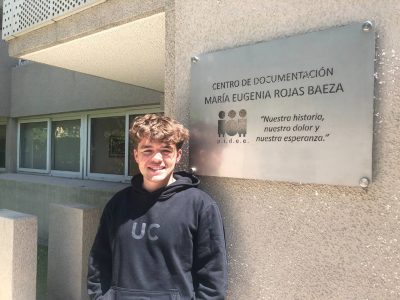Libraries' Earth Day Events Highlight Plastic Collection Materials
Plastics.
They’re lightweight, durable, flexible, inexpensive. They’re moldable, extrudable, pressable. They’re colored and clear; they’re dinnerware, jewelry, vinyl siding, military supplies, toys and thousands more things. In the early half of the 20th century, the availability of polymers and fossil fuel-based chemicals led to a proliferation of the manufacturing of plastic “things” whose everyday use became enmeshed in America’s social, political and environmental landscapes.
Syracuse University Libraries holds the largest academic library resource on the history of plastic. This includes over 70 archival collections relating to plastics, most of which were obtained after the National Plastic Center and Museum closed in 2008. Housed in the Special Collections Resource Center (SCRC), the materials document the rise of plastics, mainly from a plastics-industry perspective, and include papers from innovators John Wesley Hyatt, Irvin Rubin, Viscoloid Company and Foster Grant. The collection also contains related prototypes, photographs, audio, film, advertisements and blueprints useful for interdisciplinary research, as well as 3,000 objects related to the rise of plastics manufacturing.

Many of these materials are now on display at Bird Library as part of the SCRC exhibit “Plasticized: The Proliferation of Plastics in the 20th Century.” To highlight the exhibit, a panel discussion and reception will be held on Earth Day, Monday, April 22. (See details below.)
Courtney Hicks, SCRC lead curator and curator of plastics and historical artifacts, spoke about the exhibit and some of the fascinating facts to uncover from the collection’s historical documents and artifacts displays.


